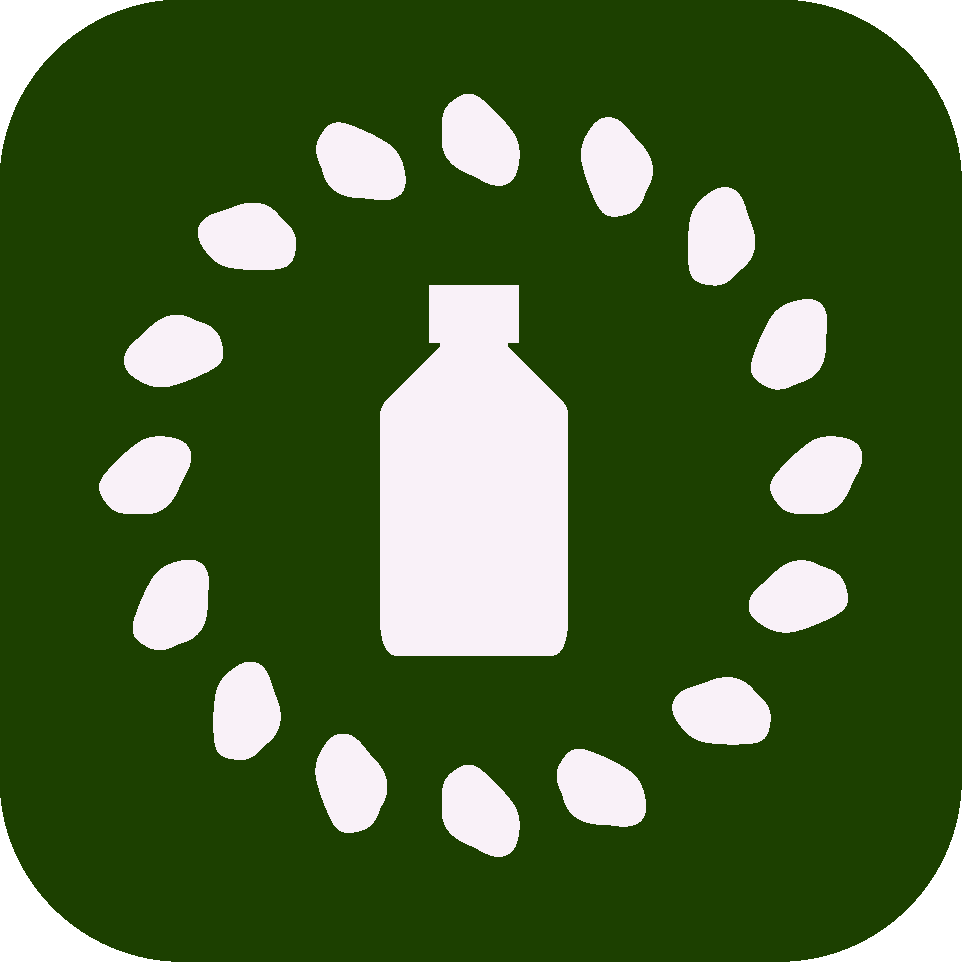It is a scary reality that the homes that we live in and the products that we buy have a serious impact on our health and in combination they contribute to a chemical âbody burdenâ that each of us carries. This issue was covered in âMy Toxic Cocktailâ on BBC Radio 4, where journalist Anna Turns looked at the massive effect that synthetic chemicals â many of them essential and justified â might have on future generations, and on our environment. Anna began by analysing her blood. She discovered that it contains low levels of some chemicals such as DDT that have been banned for 40 or 50 years; there were other persistent compounds regularly found in drinking water, and flame retardants which she has inhaled from furniture and furnishings. Expert advice told her the results were average, like thousands of other people, and within acceptable margins according to current regulations. As Dr Anna Lennquist of Chemsec says, âno one can be free - all of us have hundreds of manmade chemicals in our bloodâ. As a concerned mother, Anna turned to examining her home room by room. The bathroom contained products with indecipherable labels, so how can we know what chemicals go out into the water system and with what impact? Then thereâs the wardrobe. The clothes we wear leave chemicals on our bodies, especially when theyâre new. On average we breathe in up to 20mg per day of household dust â the soil of the home â and a sample from Annaâs house showed high levels of retardants and VOCs (volatile organic compounds) used in foam mattresses, fabrics and furniture, carpets and paints, that escape into the air and settle on surfaces. We even inhale pollutants while weâre sleeping, gently heating our own bed, which is another reason to sleep with the window open! It turns out that between 1930 and 2000 the global production of synthetic chemicals rose from 1 million tons to 400 million tons yearly. Many of these chemicals are necessary and warranted, but now each one of us carries our own chemical body burden and at what cost to ourselves, to our children and to our environment? Each expert that Anna spoke to talked about regulation and consumer information being the keys to change. For instance, not all chemicals are tested on young children, who spend more time on the floor inhaling dust, and whose developing minds and bodies are likely more susceptible to harmful effects. If consumers were more aware of chemical properties could their buying power affect manufacturers or governments? As an individual, it is difficult to reduce our own chemical body burden built up over a lifetime. But can we reduce this body burden for our children by being more vigilant about the chemicals we use? Might it be possible to live in a more gentle, natural environment? We believe the answer is yes. We can clean our homes and our bodies with microbial products, and we can take a regular probiotic for gut health. How does this help? The microbes in our bodies keep us healthy by helping to reduce inflammation and oxidation in the body. Having a diverse and plentiful microbiome supports the bodies antioxidant properties meaning that if there are âfree radicalâ cells they are less likely to develop into harmful diseases. Also, using probiotic cleaners in the home means that you can ditch all the chemical cleaners, meaning one less toxin to deal with. We have all been educated in the âkill 99% of germsâ mentality that sees bacteria as harmful and worthy of attack by an army of chemicals. But that view is radically changing. Could it be that it is the chemicals that are most harmful to us and not the germs they are trying to protect us from? Probiotics, in any and in every area of life, are good for us and good for the planet. See more at www.microbz.co.uk: free your home from harmful chemicals Also read Anna Turns Guardian article âToxic reaction: how to clear dangerous pollutants out of your homeâ and her book âGo Toxic Freeâ
Made with love in the UK
100% natural

Sustainable packaging
Gluten, dairy & sugar free
Vegan *



